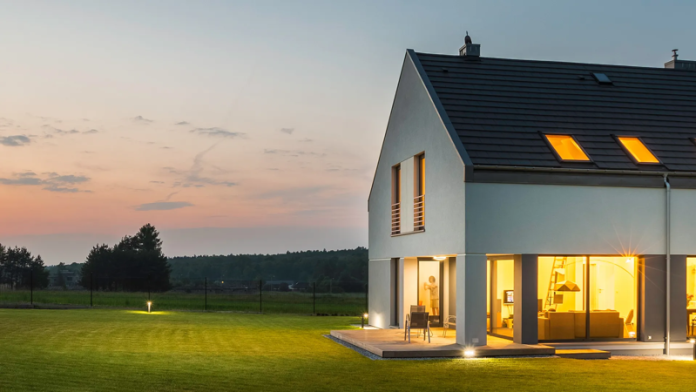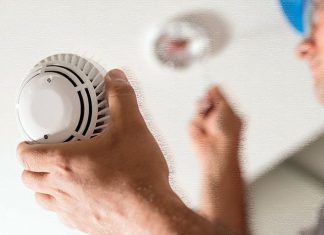Ever find yourself wondering if there’s a hidden secret to reduce your utility bills and make your home more energy-efficient? The truth is, there might be. In the pursuit of a greener and more budget-friendly lifestyle, many homeowners inadvertently make common mistakes that hinder their energy efficiency goals.
Today, let’s uncover these pitfalls as we explore the “8 Common Energy Efficiency Mistakes (Almost) All Homeowners Make.” This isn’t your standard guide on energy-saving tips – consider it a roadmap to unveil the hidden opportunities for efficiency and cost savings within the comfort of your own home.
1. Ignoring HVAC Maintenance
Picture this: your HVAC system, silently and steadily inflating your energy bills because you’ve overlooked regular maintenance. Sounds familiar? This is one of the most common pitfalls. Regular maintenance of your HVAC system is crucial. It’s like giving your car a regular oil change – neglect it, and you’re setting yourself up for a breakdown.
Incorporating mechanical ventilation systems into your regular HVAC maintenance schedule can significantly enhance overall efficiency and air quality. These systems play a vital role in exchanging indoor air with fresh outdoor air, crucial for maintaining healthy indoor environments, especially in tightly sealed buildings.
Regularly maintaining your mechanical ventilation systems ensures they work in tandem with your HVAC, leading to improved air quality and potentially lower energy costs.
2. Overlooking Insulation and Sealing
Do you feel a slight draft in your home during winter? That’s not just a harmless breeze; it’s your hard-earned money slipping through the cracks – literally. Inadequate insulation and poor sealing are like leaving a window open all year round. The energy loss is immense!
Here’s the deal: ensuring your home is properly insulated and sealed is like wrapping it in a cozy blanket. It keeps the warmth in during winter and the cool in during summer, reducing the need for excessive heating or air conditioning. This simple step can save you a fortune in energy costs and make your home more comfortable.
3. Using Outdated Appliances
Still holding on to that old refrigerator or washing machine? It’s not just a sentimental issue; it’s an energy guzzler. Outdated appliances are often inefficient and consume more power than necessary.
Upgrading to energy-efficient appliances might seem costly at first, but it’s an investment that pays for itself. These appliances use less energy to perform the same tasks, saving you money on your utility bills. Plus, they’re often equipped with smarter features for an even better user experience.
4. Neglecting Smart Thermostats
“Imagine a device that learns your schedule and adjusts your home’s temperature for optimal comfort and efficiency. That’s not a sci-fi gadget; it’s a smart thermostat,” highlights hydraulic repair specialists from Fleurieu Hydraulics.
Smart thermostats can reduce your heating and cooling costs by up to 10-12%. They adapt to your lifestyle, ensuring you’re not heating or cooling an empty house. This small addition to your home can lead to significant savings, and it’s a straightforward way to boost your home’s energy efficiency.
5. Poor Lighting Choices
Still using those old incandescent light bulbs? They’re not just a drain on your energy; they’re a relic of the past. Inefficient lighting is like burning money for light. It’s time to switch to LED bulbs – they’re brighter, longer-lasting, and incredibly energy-efficient.
But it’s not just about the type of bulbs. It’s also about how you use them. Remember to turn off lights in unoccupied rooms. Consider installing dimmers or timers for added efficiency. Good lighting practices not only save energy but also create a more comfortable and inviting home environment.
6. Overlooking Water Heating Costs
Water heating can account for up to 18% of your home’s energy use. Ignoring this aspect is like letting money flow down the drain. Old, inefficient water heaters or poor habits can significantly increase your energy bills.
Opt for energy-efficient plumbing solutions, such as upgrading to high-efficiency water heaters, and don’t overlook simple plumbing habits like taking shorter showers or fixing leaks. Even lowering the plumbing-related water heater temperature by a few degrees can lead to noticeable savings.
7. Inefficient Use of Appliances
Running half-filled dishwashers or washing machines is not just a waste of water; it’s a waste of energy. Many people don’t realize that these appliances consume almost the same amount of energy regardless of the load size.
Maximize the efficiency of your appliances by using them at full capacity. This doesn’t mean overloading them but ensuring that each cycle is fully utilized. It’s a simple change in habit that can lead to considerable energy savings over time.
8. Mismanaging Electronics
Leaving electronics like TVs, computers, and chargers plugged in all the time is a silent energy drain. These ‘energy vampires’ can add a significant amount to your energy bill without you even realizing it.
Unplug electronics when they’re not in use or invest in smart power strips that cut power when devices are not in operation. Managing your electronics efficiently is an easy and effective way to reduce your energy consumption.
Conclusion
Embarking on the journey of energy efficiency isn’t just about reducing your carbon footprint; it’s about embracing a smarter, more cost-effective lifestyle. Each of these eight common mistakes represents an opportunity for improvement and savings.
Remember, the journey to a more energy-efficient home doesn’t have to be overwhelming. Start with small changes, and you’ll soon see big results.













